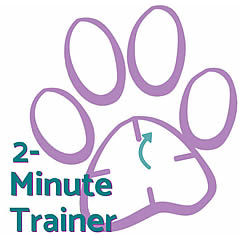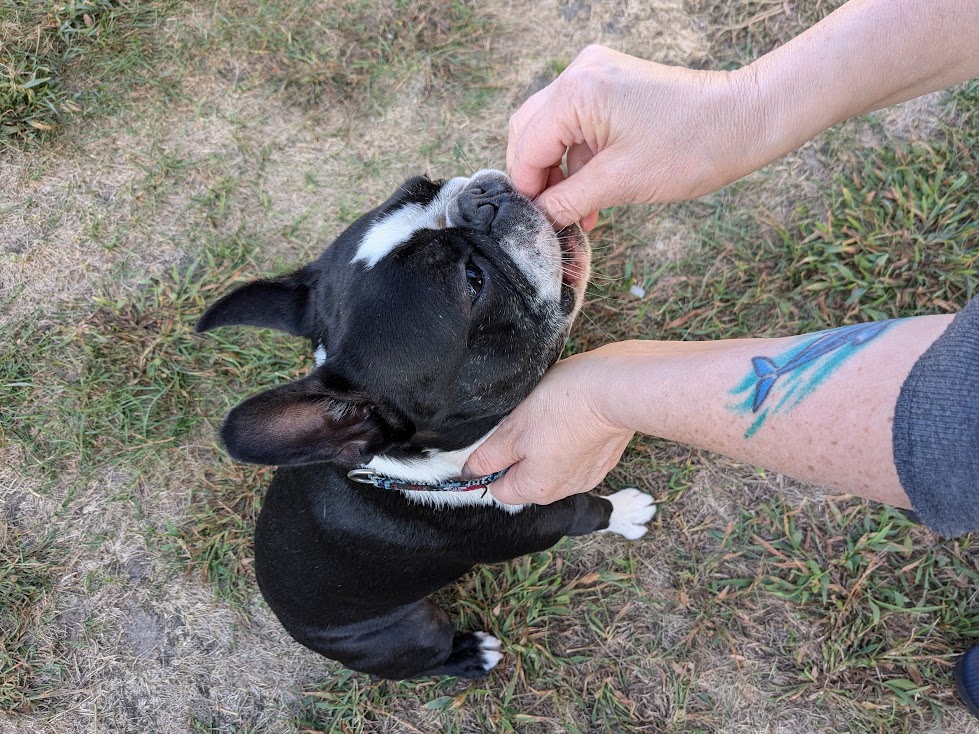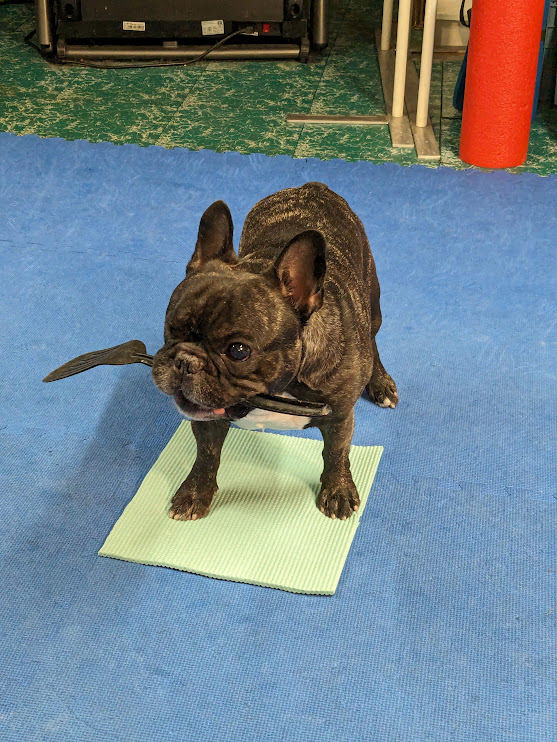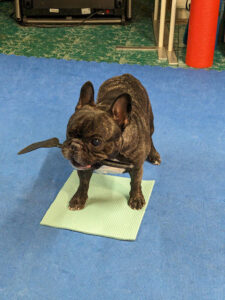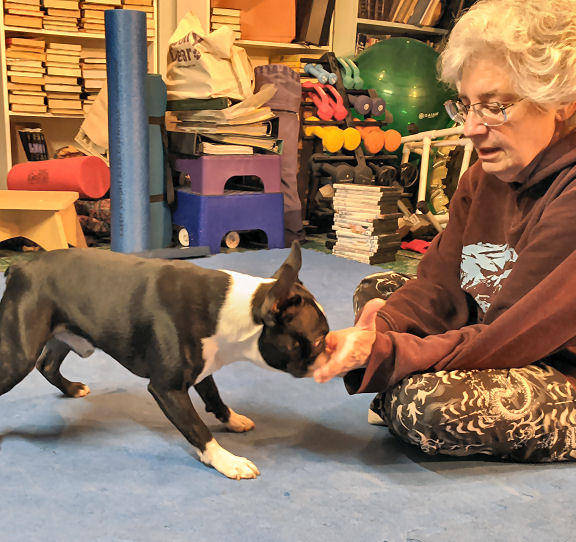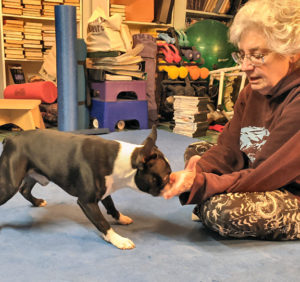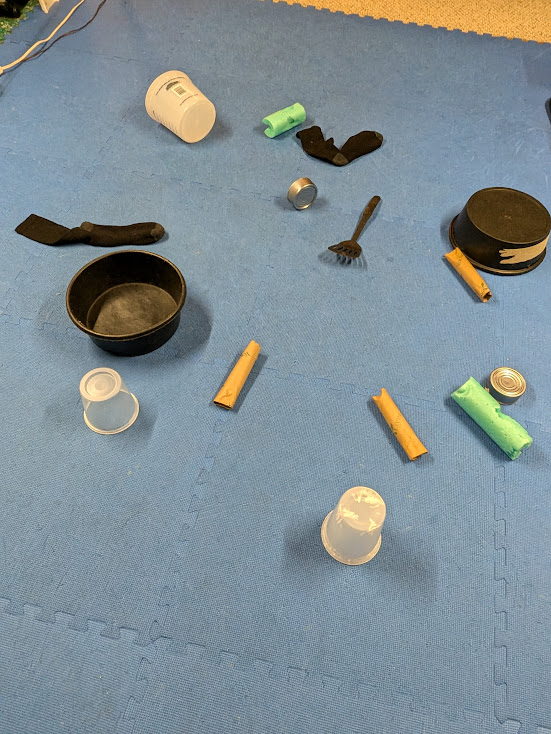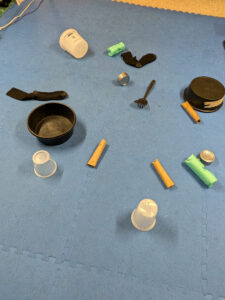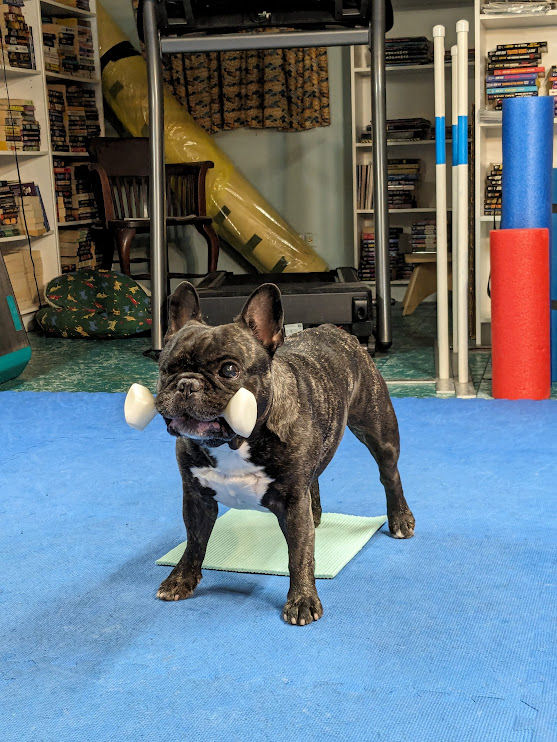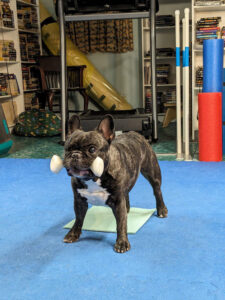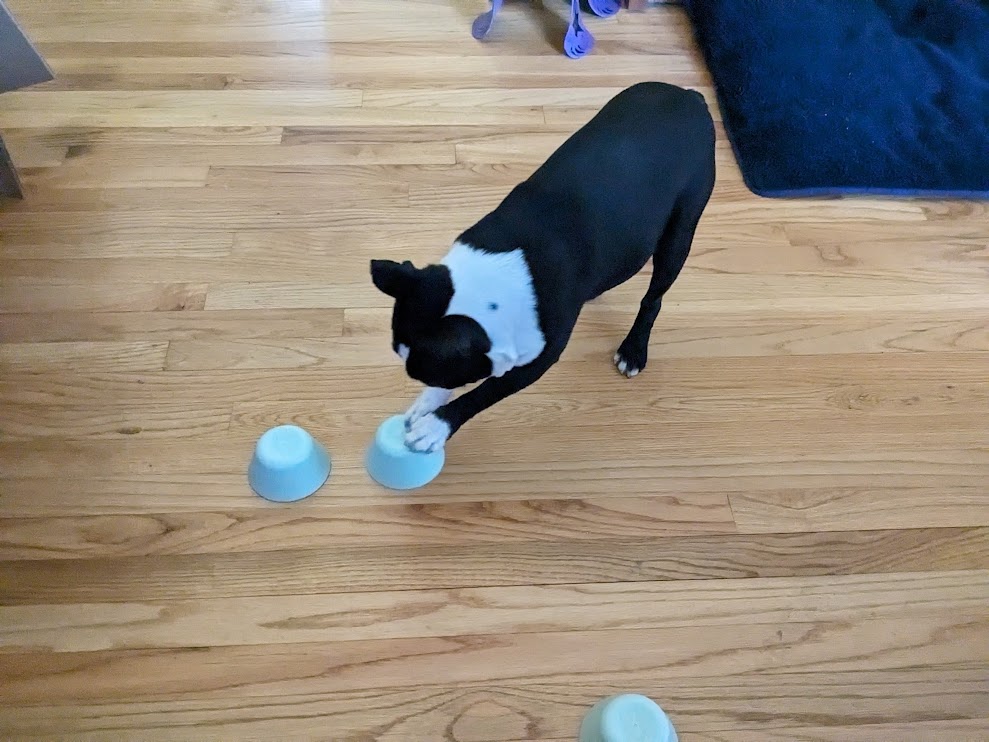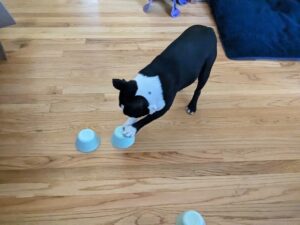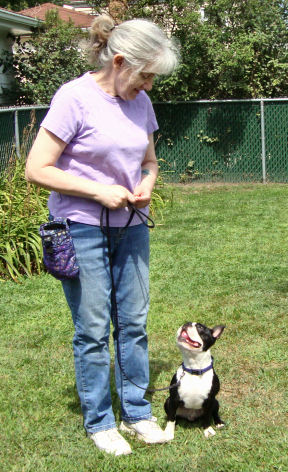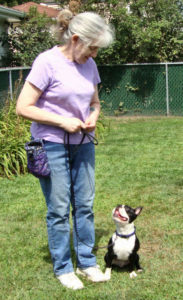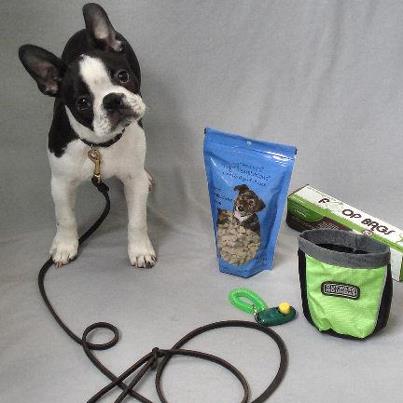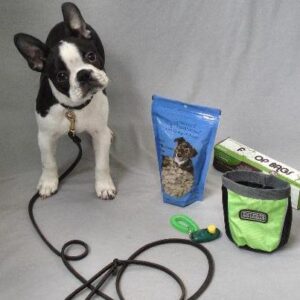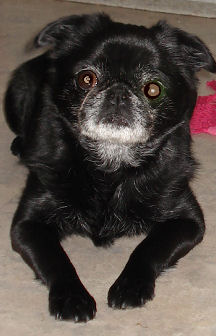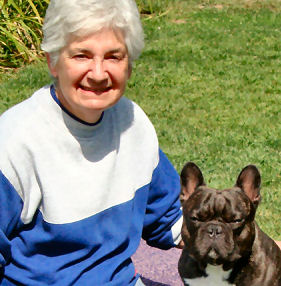There are three essential dog training commands that can save your dog’s life; “Drop it!”, “Stay!,” and “Come!” The recall, or “Come!” command has a twist to it. It’s one thing to get your dog to come close to you. It’s another to actually be able to catch hold of the dog. That’s where the “Collar Grab Game” comes in handy. It’s one of the first games we teach our own dogs and our Puppy and Beginner classes. It rewards dogs for letting you get a grip on them. And it teaches them that your hold isn’t the end of the fun.
One absolute imperative for having a reliable Recall: Never call your dog to you for something they don’t like.. If your dog hates getting a bath and you call them to “come get a treat” and you shove them in the tub, the dog knows you’re a liar and won’t come again. Don’t lie to your dog. If you have to do something your dog doesn’t like – go get them.
The second warning about the Recall – always reward your dog for coming to you. Even if you’ve been calling for ten minutes and you’re frustrated as anything by the time they show up. The reward doesn’t have to be a treat – it can be a game of tug, or a scratch behind the ears, or praise. One of our first dog training teachers pounded it into our heads: If you’ve called your dog a hundred times and they come on the 101st, reward them. Give your dog a reason to “Come!” every single time.
Playing the Collar Grab Game
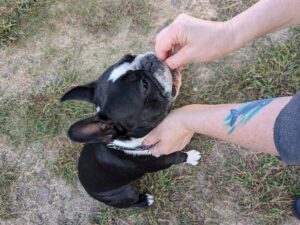
The Collar Grab Game is one of the simplest to explain. Basically, everybody in the household has a bunch of treats and you all stand in a circle. One person calls the dog, doing whatever it takes to get the dog to come to them (clap, whistle, run a little bit away, get down on hands and knees, talk like Yoda, etc.). When the dog is within reach, one hand grabs the dog’s collar while the other hand sticks a treat in the dog’s mouth. Then that person lets go and another person calls.
It’s the mechanics of the game that sometimes fouls people up. It is essential that the collar grab comes before the treat. And it’s vital that the person calling doesn’t wave a treat at the dog to get them to come. We’re rewarding the dog for coming, not luring them to come.
That part’s important because you may not have a treat when you really need your dog to come. Like when somebody accidentally leaves the gate open and your dog is headed for the street. If you lure the dog to come, you’re creating a “show me the money” behavior. Instead, teach your dog that when they come, there will always be a reward coming.
Let them go
As soon as the treat’s delivered to the dog, let go of the collar and the next person should call. Again, do whatever it takes to get the dog to come. Try to randomize who calls next, if you have more than two people. We want the dog to respond to their name, not just go around the circle for treats.
Like all training games, only play for a maximum of five minutes. It’s especially important to quit while the dog’s still having fun and wants to keep playing. They’ll be eager to play the next time your household forms a circle.
Everlasting game
A last warning about the Collar Grab Game. As mentioned, our dogs have known this game forever. Their ages are now 15, 11, 9, and 6. And they still run back and forth between us, trying to get us to play. It usually works. The Collar Grab game is a forever game.
